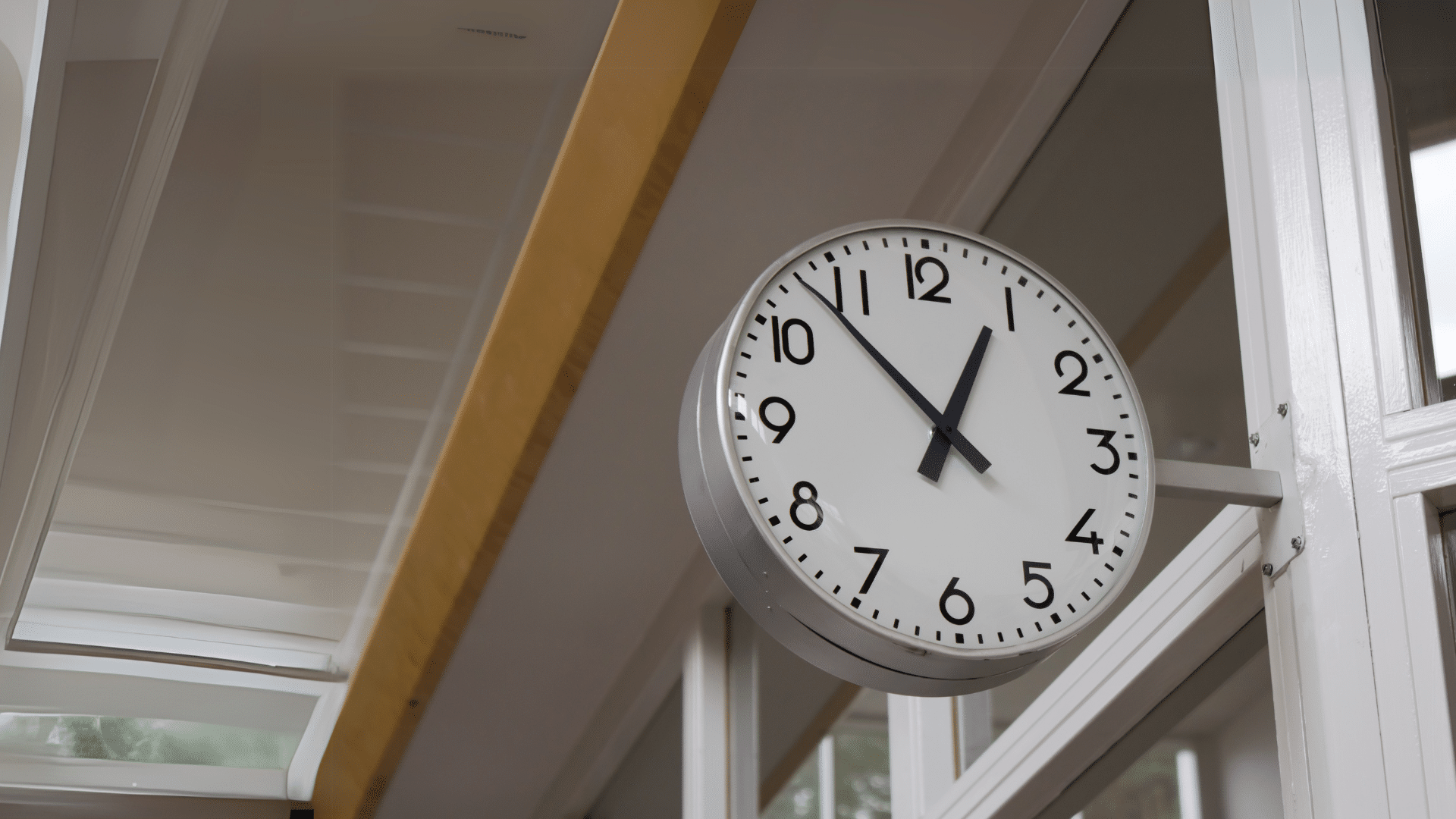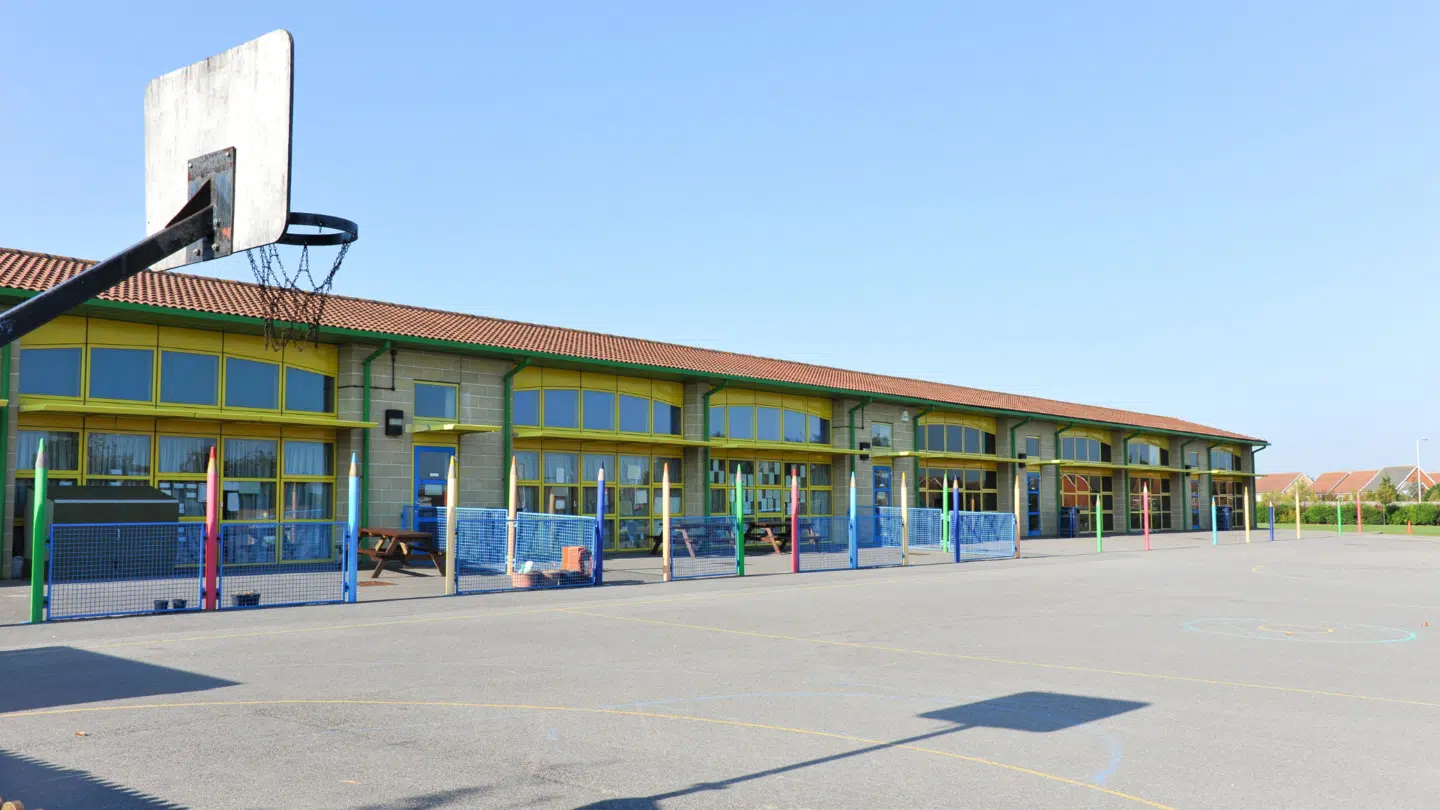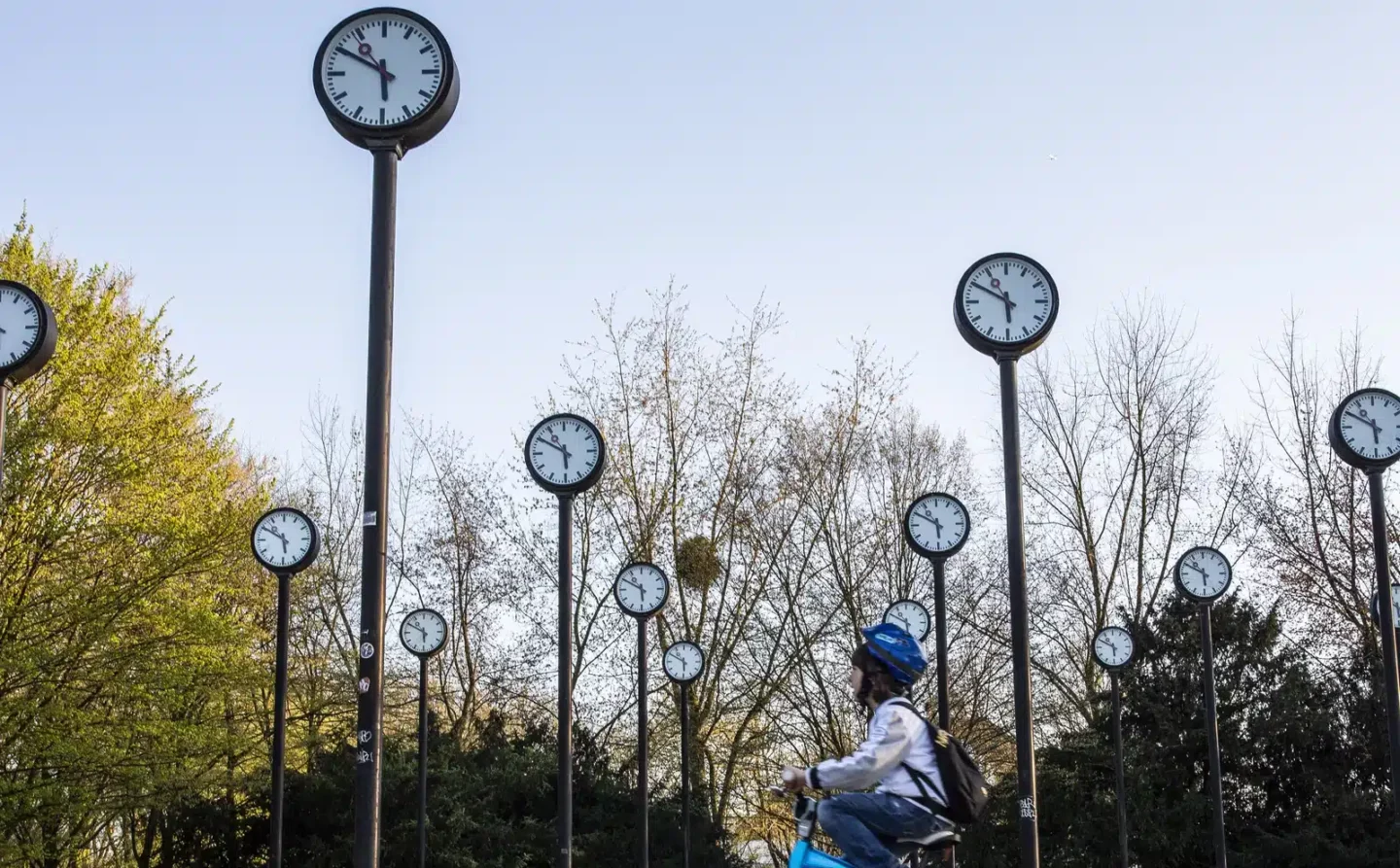There were many things that were pretty eye-opening and often shocking to my 21 year old self when I started teaching in a London secondary school back in 2003. One that I didn’t expect to find such a surprise was how lunchtimes worked. The bad food, jostling queues, plastic trays – yes, these seemed normal. But lunchtime only 25 minutes long? Half the school expected to go through the canteen in first break at 10.30am? The entire school day done and dusted by 2.35pm? What? Sure, there was a rationale – getting over 1,000 children fed was logistically challenging, the playground was very hard to manage, fights could be minimised this way. Essentially, it was in our interests to keep it tight and send them off site as soon as possible. New research from the Raising the Nation Play Commission shows that school lunchtimes have declined by an average 19 minutes over the past twenty years. But what is this doing to the lunchtime experience, and what impact does it have?
Lunchtimes at school matter for so many different reasons. Children need to eat, and to eat well, particularly those children who rely on free school meals. Lunchtime may provide a vital opportunity for getting outside in fresh air, and for running around or playing sport, benefitting both physical and mental health. Many children enjoy other activities or clubs, including in the arts, often deprioritised elsewhere in the timetable. Lunchtimes are an important time for chatting with friends – and perhaps the only space to do this without mobile phones dominating social interactions.
Then there are all the ways in which successful lunchtimes can impact on the school. For example, giving pupils a vital opportunity to relax and recharge, the ways they might make children feel that they ‘belong’, the ongoing issue of attendance and how to make young people and their families believe that being at school is worthwhile… perhaps most crucially for staff, how what happens at lunchtime can impact the rest of the afternoon, for good or ill. On a typical day, 60% of primary school teachers tell us they end up using lesson time to resolve playground issues.
Lunchtimes touch on so many important issues, and whilst we’re already asking teachers and school leaders lots of questions about the subject, we are also keen to hear from pupils. We hope that this new listening exercise will allow them to make a valuable contribution to this important topic.
We are running this survey from now until the end of the Spring term as a joint and open national listening exercise. All schools are invited to participate for free and will receive their bespoke reports in time for the start of the summer term, giving them valuable insights into the views of their pupils, alongside the corresponding benchmarked responses.
What do we already know?
Over the years we have asked teachers many fascinating questions about lunchtimes in their schools, so there is already a great deal that we know from their perspectives.
We know that teachers consider behaviour in their schools to be at its worst during lunchtimes, and this is in a context where student behaviour has moved to the top of the list for issues causing the most stress or worry to teachers (it has held this top spot for the past three years now).
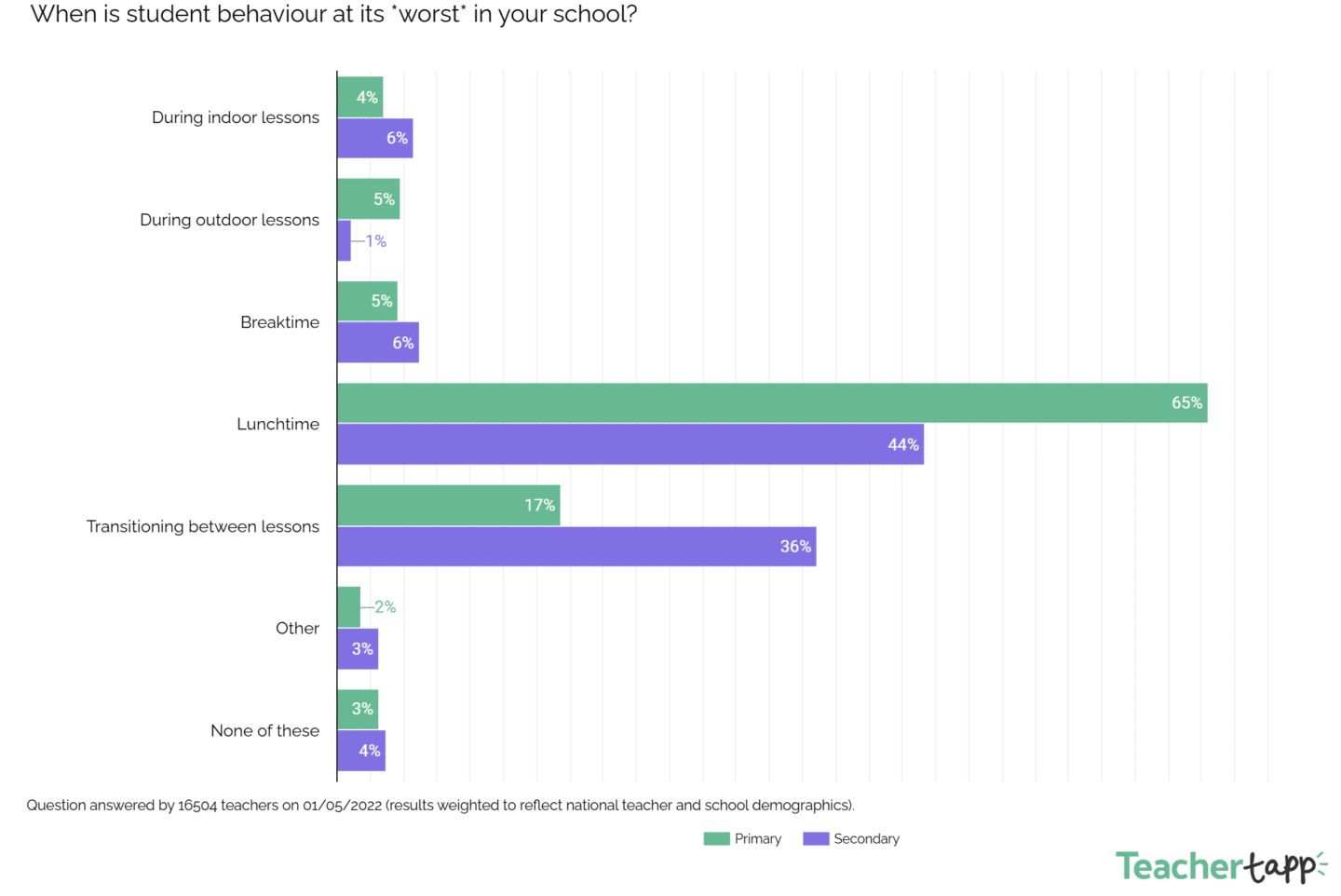
Teachers tell us that the length of time for lunchtimes has reduced, which is corroborated by the findings from the recently published Interim Report by the Raising the Nation Play Commission. Their researchers found that the past twenty years have seen play times reduced on average by 17, 18 and 23 minutes for Key Stages 3, 2 and 1 respectively.
Last month we asked primary school teachers whether they had seen a decline in the playing of playground games. 87% of them believe that the number of children playing playground games like hopscotch or skipping has decreased, with 37% believing it has ‘decreased significantly’.
We have also seen teachers reporting a steady decline in availability of all different types of playground equipment apart from balls over the past six years:
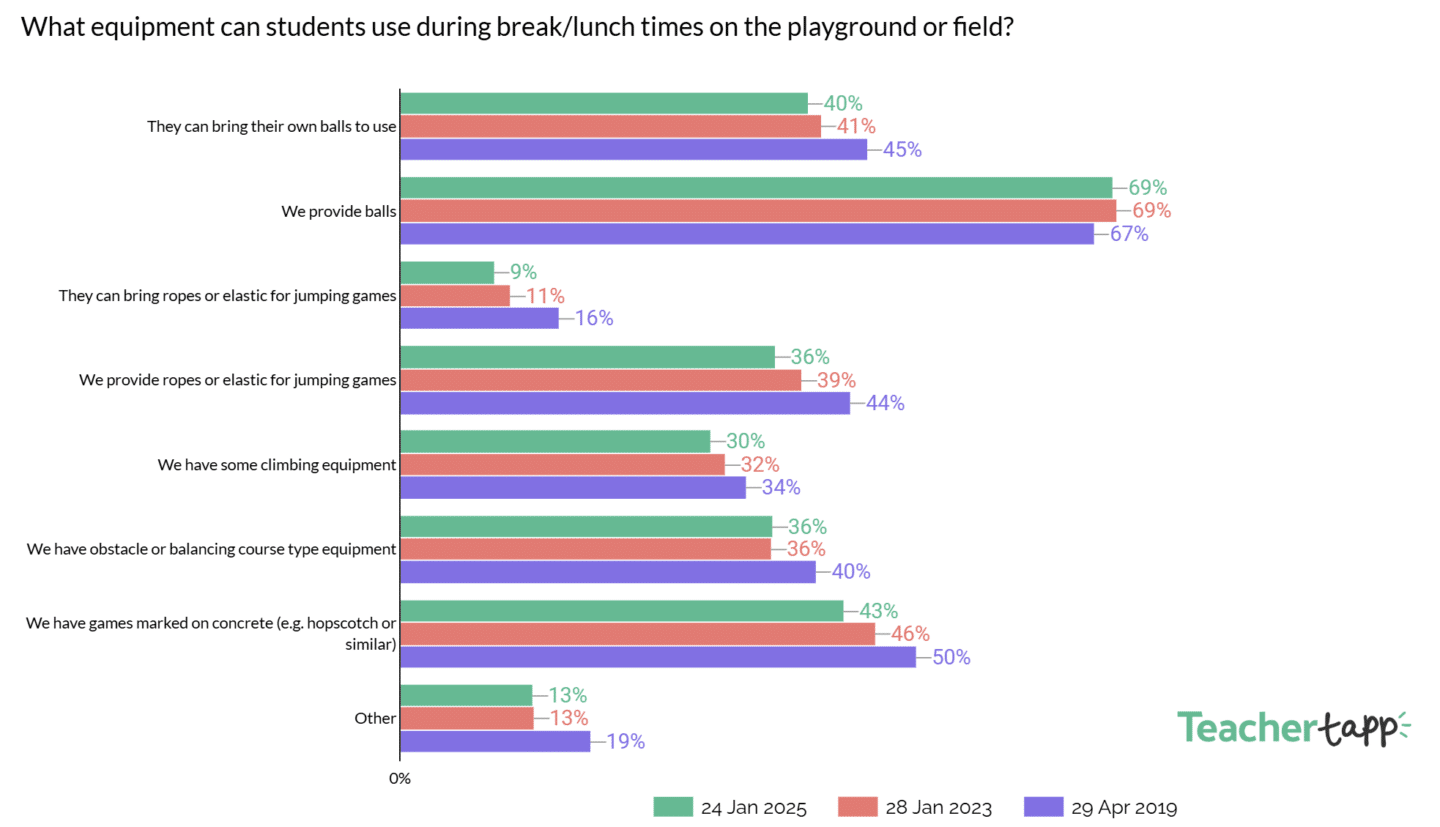
Over a thousand teachers also sent in their thoughts about the changing nature of playing in schools. One fairly typical response was, “Children don’t play out when at home due to online gaming. Therefore, they don’t know how to play when at school.”
What do we want to find out?
The Lunchtime Listen survey will ask a series of questions about pupil experiences of their lunchtimes, including:
- Lunch itself – How is the food, and do they have enough to eat?
- Time to eat & relax – Do they feel rushed or have enough downtime?
- Outdoor space & play – Are they active, engaged, and happy?
- Activities & clubs – Are the options meeting their needs?
- Social experience – Do they feel included and safe?
We will use the insights that we gather to inform a national report that we will publish in April 2025. Participating schools will receive their own reports as well, showing the answers their pupils gave, alongside benchmarks from all the other participating schools.
Schools can use all the questions in the template, or edit it as they wish, deleting questions or adding others from the question bank. They can also write their own bespoke questions should they wish to, although the responses to these will not be benchmarked.
How does the Lunchtime Listen work?
All schools are welcome to participate in the Lunchtime Listen. Schools can register here: bit.ly/Lunchtime_Listen

